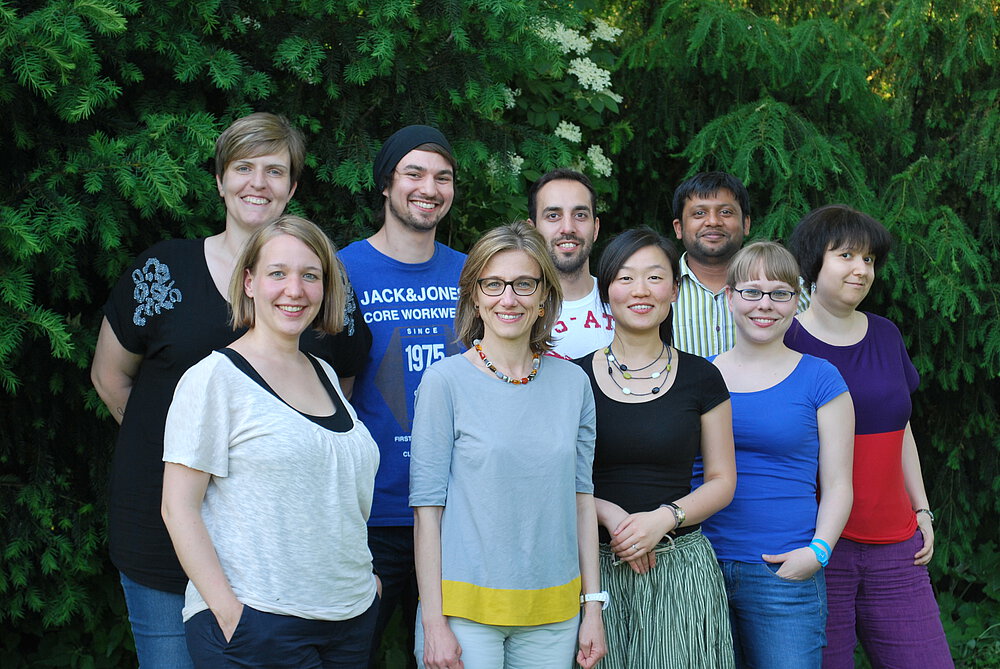Abnormalities of lipid droplet biogenesis: a novel pathogenic twist in hereditary spastic paraplegia

Elena Rugarli, Köln
Hereditary spastic paraplegia (HSP) is a relentless genetic disorder characterized by weakness and spasticity of the lower limbs, owing to the retrograde degeneration of corticospinal motor axons. Despite tremendous progress in the identification of several HSP genes, a therapy for this disease is still missing. Spastin (encoded by the SPAST gene) is mutated in almost half of the cases of autosomal dominant pure HSP and interacts with at least other two HSP gene products, atlastin-1 and REEP1, suggesting that elucidation of spastin function can shed light on the pathogenesis of even a larger number of HSPs. We have recently found that the predominant subcellular localization of spastin when overexpressed in cell lines is on the surface of lipid droplets (LDs). These data have been confirmed by performing immunofluorescence studies using a variety of markers and by biochemical purification. LDs are independent organelles that are composed of a neutral lipid core surrounded by a phospholipid monolayer. The primary neutral lipids composing the LD core are sterol esters and triacylglycerols (TAGs). LDs display intimate relationships with many other organelles, such as the endoplasmic reticulum (ER), from which they are believed to derive, but also mitochondria, peroxisome, and endosomes. Nearly all cells possess LDs, or have the capacity to form them, including neurons. However, the function of LDs in neurons is unknown. Remarkably, two other HSP proteins, seipin and spartin, are involved in lipid droplet biogenesis. The aim of this project is to explore the functional significance of spastin association with LDs in vitro in a variety of cell lines and in primary neurons. We will examine the role of spastin in LD formation, turnover, trafficking, and lipid content, and will study the pathogenic relevance for neurons. We expect that these experiments will uncover new cellular functions of spastin possibly amenable to therapeutic intervention, and reveal previously unsuspected links with other HSP forms.




